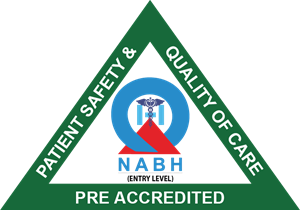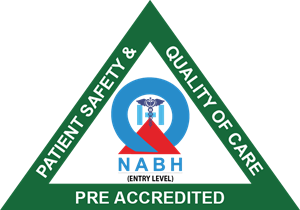Breastfeeding is a beautiful and natural way to nourish your newborn baby. It provides essential nutrients, antibodies, and a sense of comfort and security for your little one. However, navigating the initial stages of breastfeeding can sometimes be challenging, particularly when it comes to ensuring proper positioning and care for both mother and baby.
This guide aims to empower new mothers with essential information on breastfeeding care and posture, setting you on the path for a successful and rewarding breastfeeding journey.
Benefits of Proper Positioning and Care
Effective latch and milk transfer: A good latch ensures your baby can comfortably suckle and efficiently transfer milk, preventing nipple pain and frustration for both you and your baby.
Reduced discomfort: Correct positioning minimizes stress on your back, neck, and shoulders, preventing fatigue and discomfort during feeding sessions.
Increased milk supply: Efficient milk removal stimulates your body to produce more milk, ensuring your baby receives adequate nourishment.
Enhanced bonding: Skin-to-skin contact during breastfeeding strengthens the bond between you and your baby, fostering emotional well-being and attachment.
Essential Tips for Positioning
Find a comfortable position: Experiment with different positions that work best for you, such as the cradle hold, the cross-cradle hold, the football hold, or lying down.
Support your baby: Cradle your baby close to your body, ensuring their head, neck, and body are in a straight line.
Bring your baby to your breast: Instead of leaning forward, encourage your baby to open their mouth wide by bringing your nipple towards their chin, not their nose.
Latch observation: Watch for a wide mouth latch where your baby’s lips are flanged outward, covering a large portion of the dark area (areola) around your nipple.
Additional Breastfeeding Care Tips
Frequent feedings: Breastfeed your baby on demand, typically every 1-3 hours, or when your baby shows hunger cues like rooting, sucking on their hands, or becoming fussy.
Offer both breasts: Allow your baby to empty one breast before offering the other. This helps ensure they receive the full spectrum of nutrients present in your milk.
Alternate sides: Offer each breast at each feeding session, ensuring equal stimulation and milk production from both sides.
Burp your baby: Frequently burp your baby during and after feeding to release trapped air, preventing discomfort and gas.
Maintain proper hydration: Drink plenty of fluids throughout the day to stay well-hydrated, which is crucial for milk production.
Seek support: Do not hesitate to seek help from lactation consultants, nurses, or experienced mothers for guidance and support with breastfeeding techniques and challenges.
A Guide to Holding Positions
Cradle Hold
Sit upright and cradle your baby in the crook of your arm, ensuring their body faces you and their belly is against yours. Support their head with your elbow, allowing them to latch onto your breast comfortably.
Cross-Cradle Hold
Similar to the cradle hold, position your baby’s belly against yours, but use the opposite arm from the breast you’re nursing on. This position provides more control over the baby’s head and is helpful for newborns having trouble nursing.
Football Hold
Hold your baby under your arm like a football, with their body facing you at waist level. Support their back with your upper arm and position their head level with your breast.
Side-Lying Position
Lie on your side and nestle your baby beside you, using a pillow for support. Lift your breast with your fingers to help them latch onto your nipple. This position is ideal for nighttime feedings and post-cesarean births.
Helpful Hints
Cup your breast in your hand and stroke your baby’s lower lip with your nipple. This stimulates the baby’s instinct to turn toward the nipple, open his or her mouth, and suck.
When the baby opens his or her mouth wide, pull the baby close to you and aim the nipple toward the roof of the baby’s mouth.
Bring your baby to your breast, not your breast to your baby.
Every mother and baby are unique, and your breastfeeding journey may unfold differently. Be patient with yourself and your baby and reach out for support when needed. With practice, knowledge, and the right guidance, you can successfully breastfeed your baby and experience the joy and benefits of this special bond.





